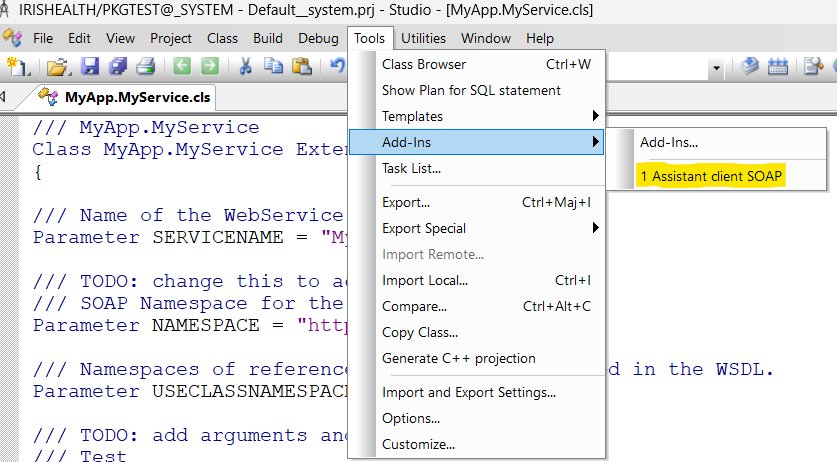How source control integrates with your system is imperative in ensuring it works seamlessly behind the scenes without interruption.
Deltanji source control understands the internal workings of InterSystems IRIS and provides a solution that can seamlessly handle its unique needs, with client integrations for VS Code, Studio, Management Portal, and Management Portal Productions.
You can find out more about the benefits of using a source control tailored for InterSystems IRIS at this webinar.
This demo will show how Deltanji goes beyond the traditional CI/CD pipeline, automating the project lifecycle from development through to deployment, making it the perfect source control companion for organizations with continually evolving systems.
🗓 Thursday, February 23rd
⏰ 4 pm GMT | 5 pm CET | 11 am ET
Sign up here > http://bit.ly/40JOaxo


.jpg)
.png)
.jpg)
.png)


